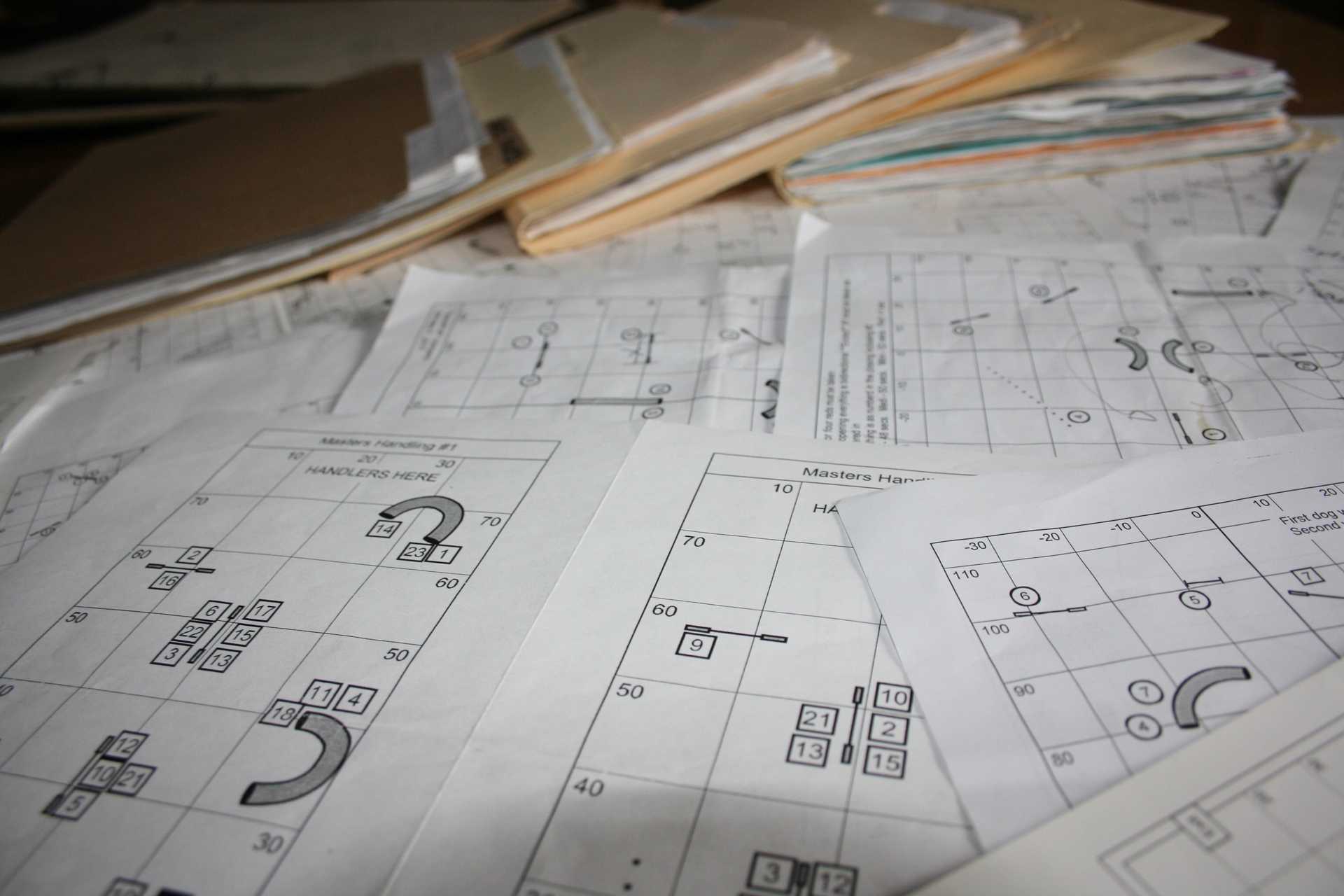Pin Wheels
18 Sep 2004
The Pin Wheel is a commonly seen Agility course element. It is generally made up of 3-4 jumps arranged so the dog’s path is roughly circular. Some classic Pin Wheel jump arrangements are shown below:
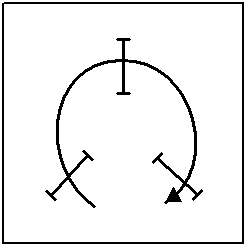
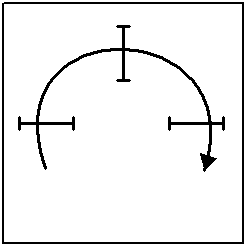
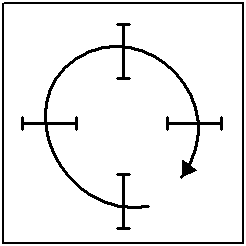
There are other jump arrangements that are also permutations on the classics. As the distance between jumps gets larger it is usually no longer considered a pinwheel; it is just a curved path through the jumps.
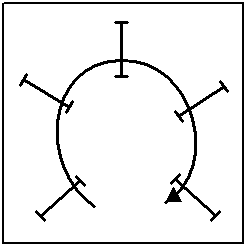
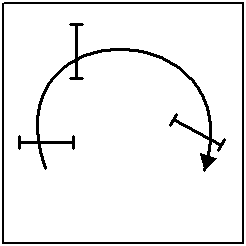
The most common handling for a pinwheel is to get “into the pocket” or “inside the box” (center of the jumps) and pull the dog around the circle of jumps. Depending on the diameter of the jump circle and the confidence/training of the dog, a circular handler path can work:
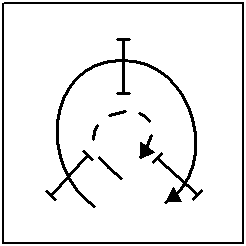
But more often than not, especially if there are nearby off course obstacles, simply turning through the jumps doesn’t give the dog enough information to take all the jumps. They can take an off course obstacle or pull in towards the handler.
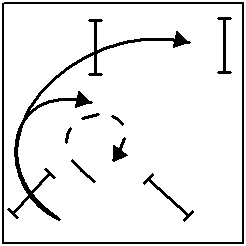
Both Bud Houston and Dana Pike impressed on me the importance of giving good physical cues by “squaring the corners” of the Pin Wheel. If you treat the pinwheel as made up of a number of turns, you’ll always get the dog to turn appropriately before each jump. So the Pin Wheel isn’t really a circle of jumps; it is a triangle or a square. This is shown in exaggerated fashion in the diagrams below.
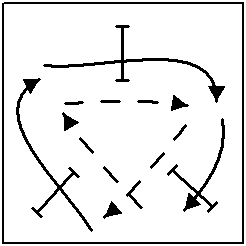
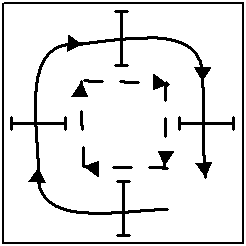
One downside of handling in the pocket is, when you are pulling your dog around the jumps, if you hesitate or decelerate your dog can read that the same way as they would your starting a Rear Cross Learning the Rear CrossRear Cross. So if you find your dog turning abruptly away from you in the pin wheel that is likely what your handling told them!
Depending on the shape of the Pin Wheel, the surrounding obstacles, and the speed and experience of your canine teammate, you can handle the Pin Wheel in some other ways. Rather than staying in the pocket you can cut through the pocket and Front Cross Learning the Front Cross - VideoFront Cross or Blind Cross prior to the final jump:
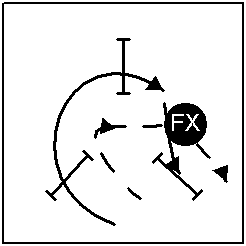
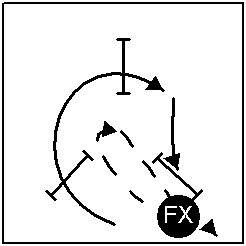
You can also remain outside the jumps and perform the front/blind cross on the landing side of the final jump (see the diagrams below). This last approach requires that you’ve developed some distance working with your dog and that they understand your using your extended lead arm to support their line through the jumps. The difference between the two diagram is in the first the dog is on the handler’s left lead arm through the first two jumps (and after the front/blind cross is on the handler’s right arm lean). In the second diagram the dog starts on the handler’s right and the dog’s turn is initiated in part by the rear cross. Either of these can be further reduced to a send and front/blind cross as you and your dog get more experienced.
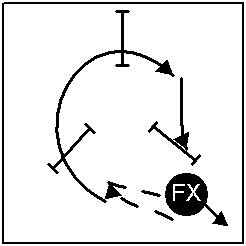
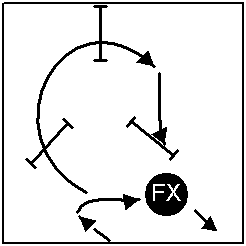
When learning to handle the Pin Wheel I’d recommend starting out with the four jump variation or the three jump with not much more than 90 degrees between jumps. This way you don’t have to teach your dog to handle 120 degree turns right away (although if you get into position at each turn and turn crisply and not too fast your dog should follow your lead all the way up to 270 degree turns); it is just a series of 90 degree turns.
If you start by handling “in the pocket” your dog will quickly learn the pattern. Once you are successful you can add the front/blind cross before the last jump. Over time you can move on to working outside the box. If your dog has the basic skills you might be able to do all of this in a single session. Normally you’d want to work these drills on both sides. But you might want to use pattern training to your advantage and work all the way to the final handling working with a single jump layout always turning in the same direction. In your training don’t forget to vary the jump circle diameter, the approaches and exits, and the jump orientations.
With practice, the handling options for a Pin Wheel will become second nature. So when you see one (or more) in a course you don’t have to struggle with answering the “How do I handle this?” question you can focus on answering the “Which is the best way to handle this?” question.
Click this link to search the whole site for “Pin Wheel”.
If you enjoyed this article won't you please:  Thanks!
Thanks!
